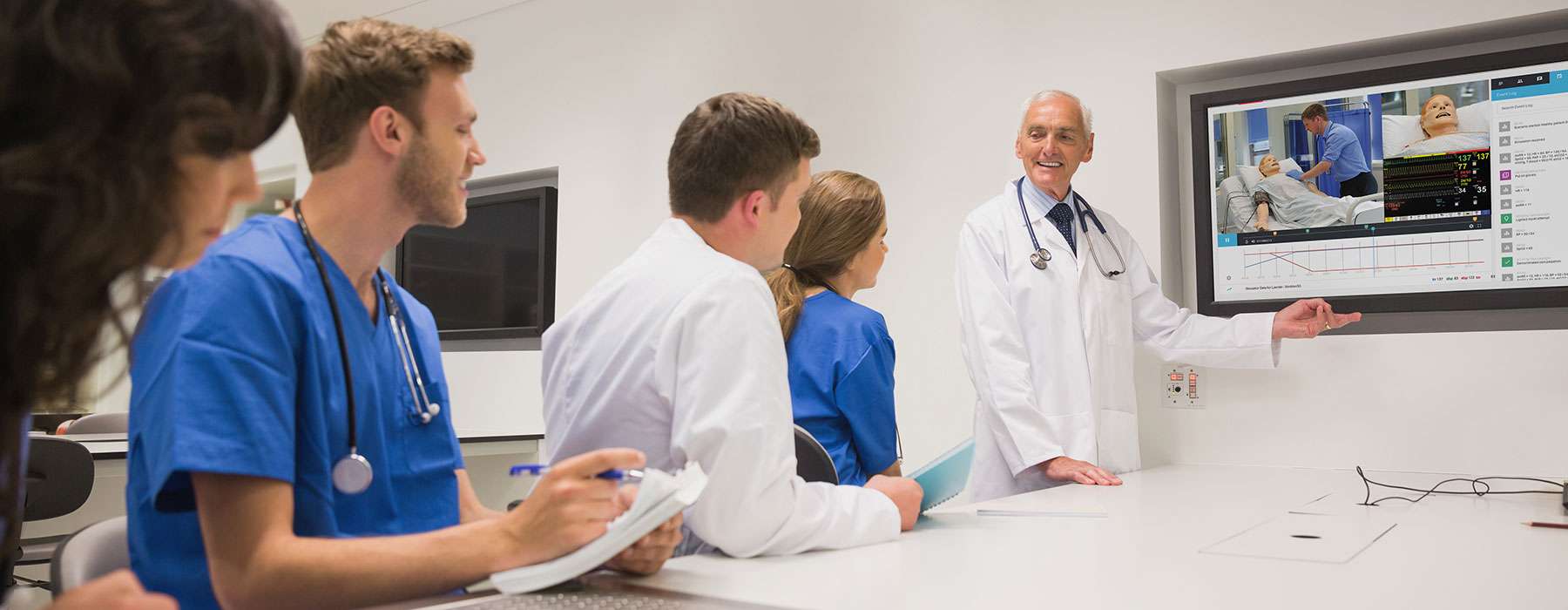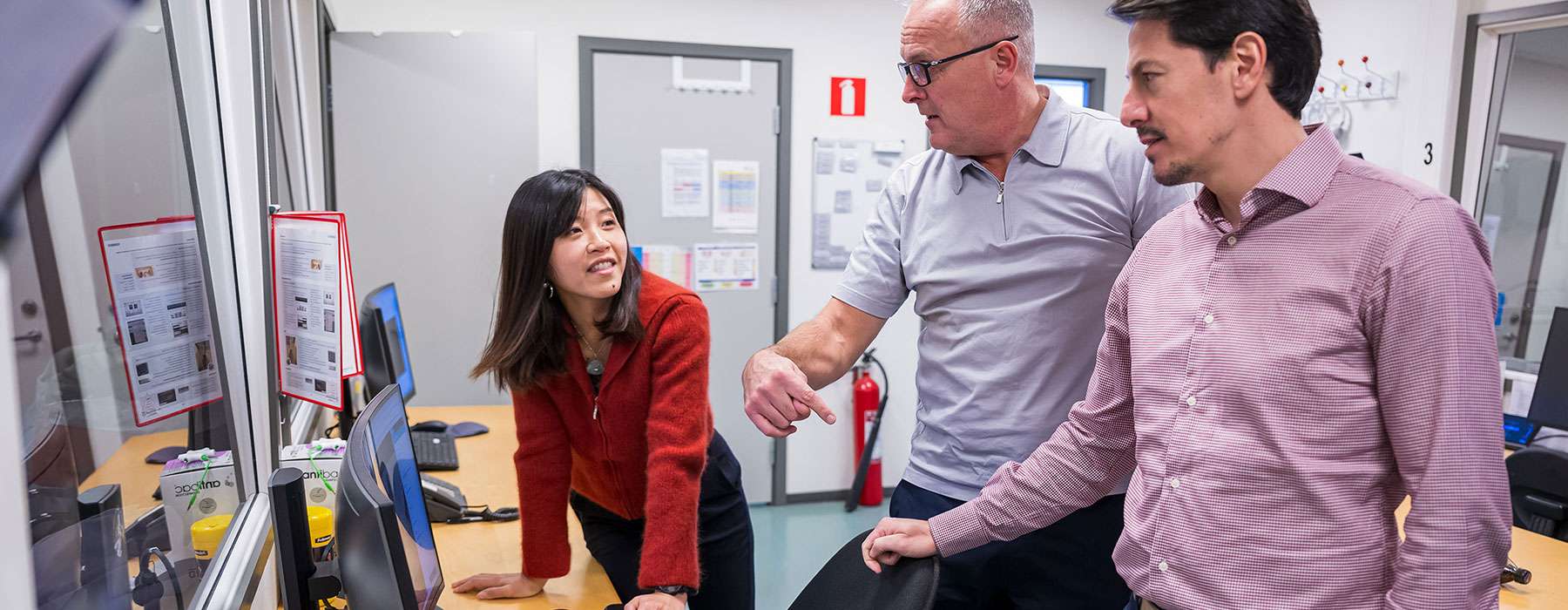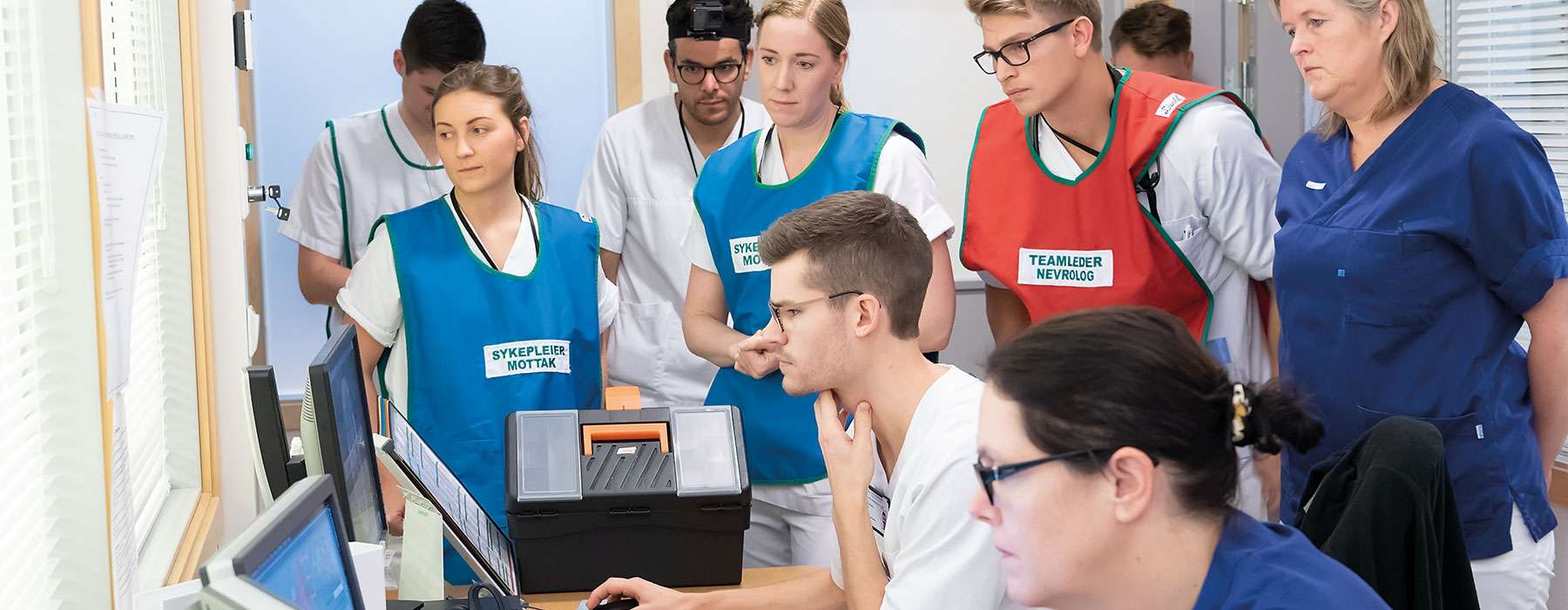The Forgetting Curve
Plus Five More Reasons Why You Should be Using SimCapture for Debriefing

Plus Five More Reasons Why You Should be Using SimCapture for Debriefing

If you are reading this as someone in clinical simulation who has a passion for debriefing, the evidence about how fast we can forget even simple details is alarming. Good simulation relies on good debriefing. And good debriefing relies on each learner’s ability to recall the details of their simulation experience from memory.
As you might expect, the rate at which a person forgets depends on several factors including memory strength, the significance of the material is, and physiological factors such as stress. But therein lies the problem. No one’s memory and no one’s response to these factors is the same.
Clinical simulations are powerful in part because they create stories for learners, stories that can augment and, in some cases, replace real world experiences. But what if everyone is remembering their own version of the story? Facilitators tell us this happens a lot.
The good news is that video debriefing technology such as Laerdal’s SimCapture system has advanced to levels where it can be truly integrated into the debriefing process—not only by creating an objective visual record for the learner but by correlating each learner’s actions to outcomes. Showing this cause and effect is critical given today’s emphasis on ensuring competency-based outcomes.
This article explores the “Forgetting Curve” and 5 more reasons why a program like SimCapture can advance your debriefing efforts to achieve your educational and training goals.
You are no doubt familiar with the “learning curve”. The progression of a learner’s experience is plotted on one axis. Time is plotted on the other. The resulting diagram of a learner’s skills development typically shows the learner’s skills developing slowly at the bottom of the curve but then gradually climbing until the learner achieves mastery.
The archrival of the learning curve is the “forgetting curve”. The forgetting curve is a mathematical formula introduced by cognitive psychologist Hermann Ebbinghaus in 1885. The curve demonstrates the rate at which information is forgotten over time—that is if we don’t take measures to retain it. The forgetting curve is what holds the learning curve back.
Tamora Shemwood, Registered Nurse and Medical Emergencies Programme Lead, Leeds School of Dentistry in England

SimCapture acts as an objective “third party” that can ensure that learner’s memories are clear. For debriefing purposes, SimCapture provides facilitators with multi-camera video feedback, an annotated event log, and a simultaneous view of the patient monitor. Facilitators can use SimCapture to bring learners back to crucial moments during a scenario where a learner deserves to be able to reflect without second guessing their own recall of events—or potentially thinking that it is the facilitator’s recollection of events. The forgetting curve gets canceled out, and your learners can pursue a better learning curve trajectory based on the facts.

Aviation, the military, the nuclear industry, and a host of other high-acuity, often high-risk sectors have been using video for debriefing almost since video was made available. They have been taking advantage of what educators know as “dual coding” theory.
Proposed by yet another cognitive psychologist Allan Paivio in the 1970’s, dual coding theory states that learners process verbal and visual information separately but also at the same time. Providing learners with visual and verbal information at the same time exponentially improves their ability to internalize and consider the information and reflect on it for future growth.
Dr. Ichiro Kaneko, Professor at the Department of Emergency Medicine at Teikyo University, in Tokyo Japan, shared with us how watching video through SimCapture was transformative. His learners were accustomed to looking to the facilitator for all the answers.
Dr. Ichiro Kaneko, Professor of Emergency Medicine, Japan's Teikyo University School of Medicine

Reflective learning is a commonly accepted principle within simulation. However basing self-reflection on a purely verbal approach to debriefing may not always be sufficient—especially when human factors and multiple learners are involved.
Tamora Shemwood remarks, “Without what we are doing with SimCapture, I would be going down a checklist facilitating a discussion about what the learner did right and what the learner did wrong. That becomes very one-way. But when a learner is given the opportunity to see their performance and tell me, nine times out of ten they will begin to discover and articulate what they already know, and reflective learning takes shape.”

Constructive feedback is fundamental to the education journey of healthcare professionals. But for facilitators, delivering constructive feedback in a psychologically safe and constructive manner can be challenging, even for the most experienced. Facilitators have an awesome responsibility, not only for being versed in the art and science of teaching with simulation but in knowing how to connect with each learner as an individual. And how learners embrace constructive feedback is not always up to the facilitator.
One factor in facilitating constructive feedback is potential defensiveness. “Video definitely helps with disarming defensiveness,” says Tamora Shemwood. Her strategy is to replay video for her learners and let them critique their own individual performance before she ever shares her own observations. “When a learner must do the work themselves,” says Shemwood, “learners move into that reflective state where they don’t feel the need to defend and they are more receptive when I say, ‘What did you see there? Tell me what was happening.’”
The “pictorial history” that a system like SimCapture can offer gives facilitators a structured format for delivering targeted feedback in a supportive environment. The combination of video, annotations, and patient monitor allows facilitators to provide specific, actionable feedback that is based on evidence rather than what a learner might perceive as subjective impressions.
By replaying key moments in the scenario, facilitators can highlight both commendable actions and areas requiring refinement. The facilitator is afforded the benefit of being able to truly facilitate and not have to recall what learners should be recalling themselves. Additionally, learners can be given the opportunity to self-assess and peer-assess, fostering a collaborative learning environment where they share insights and build collective knowledge.
SimCapture has kept pace with digital technology to make your debriefing efforts more accessible and scalable than ever before. With the proliferation of smartphones, tablets, and web-based platforms, educators can easily record and securely share debriefing sessions across diverse settings.
Furthermore, video debriefing transcends classroom barriers, allowing learners to participate remotely and access educational resources at their convenience. This flexibility is particularly beneficial for educators who want to use video as a post-simulation “take home” exercise to develop their critical thinking skills.
Ed Biebel, Clinical Simulation Manager at Rowan College at Burlington County in Voorhees New Jersey, uses SimCapture to take reflective learning to a new level.
“Often we allow students to go home, relax, and then they can watch videos of their performance during a simulation in comfort and privacy. They can reflect on what we’ve talked about during their initial post-sim debrief. Then they can process that further. Learners have found that very powerful because can be in the right mindset to really adapt their approach and bring that experience to their further practice.”
Ed Biebel, Paramedic and Clinical Simulation Manager, Rowan College at Burlington County in Voorhees New Jersey

Most simulation programs support a high “operational tempo”. Once sims are in play, educators like to move as many learners as possible through their assigned scenarios through a narrow gap of time. By making annotations in the video log as a scenario plays out, educators and facilitators can have a quick reference to return to during video debriefing.
Shemwood shares, “With SimCapture I can go to a specific time stamp in the scenario and quickly focus the learner on that one thing I want them to review and let them see it. SimCapture makes it easy. We had tried using other systems and found ourselves scribbling down time stamps, etc., and it was really challenging, and often it meant that you couldn’t find that snapshot that you want. So you ended up giving up or watching too much or too little video. Now we’ve moved over to using SimCapture. That problem has just disappeared because SimCapture makes entering time stamps and annotations so easy.”
SimCapture is designed for speed. We wouldn’t have it any other way!

Studies show that effective teamwork and communications are a leading indicator of patient safety. And in today’s healthcare landscape, effective teamwork and communications across healthcare specialties has become critical. Video debriefing is being used increasingly in this environment to capture human factors, and a system like SimCapture can offer schools and healthcare providers alike a platform for learners to review and analyze their collaborative skills. This rings true, especially for organizations that are teaching or adhere to some form of crew resource management.
By watching the cause-and-effect sequence of communication and team performance that can be recorded by SimCapture, learners can gain insights into each other’s roles, perspectives, and decision-making processes. This interdisciplinary approach fosters a culture of mutual respect and appreciation for the contributions of all team members, ultimately enhancing patient safety and quality of care. Certainly, this can be achieved using verbal feedback supported by expert facilitation. SimCapture can add an element that makes it even better.
And thus we get to our favorite success story. Dr. Kaneko shared with us how during an intubation scenario where the learners were performing CPR, one learner attempted to intubate. The team paused CPR while the learner struggled. When O2 levels dropped, the team went back to CPR and manual ventilation. On the second try at intubation, the same learner struggled again and told the team that she needed someone else to take over. She had seen that the patient’s 02 levels were dropping fast.
Video-based debriefing can enhance the learning outcomes of simulation-based medical education, and with the use of SimCapture, it can be transformative for learners and faculty alike. It can foster self-reflection, critical thinking skills, and a sense of ownership among learners. And for faculty, they will get the sense of satisfaction that goes seeing their learners improve their clinical performance at a pace that keeps up time and resource demands.
If you would like to learn more about SimCapture, please contact your local Laerdal representative.